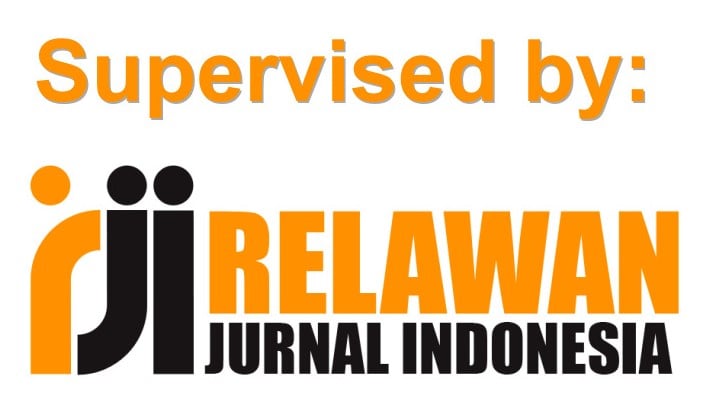Presentasi Diri Mahasiswa Penghafal Alquran
DOI:
https://doi.org/10.18592/jsi.v5i1.1245Keywords:
Penghafal Alquran, Presentasi Diri, MahasiswaAbstract
The Qur'an, a holy book that guides all Muslims. The Qur'an is the embodiment of the guidance to bring each individual to the salvation of the world and the hereafter. Everyone has different ways of interacting with the Qur'an, one of them by memorizing the Qur'an. Individuals who interact with the Qur'an by means of memorizing of course have different responsibilities. Teenagers who are Al Quran memorizing students have certain signs in expressing self-presentation that may be different from other teenagers. Using descriptive phenomenology study, there were 4 respondents in this study. The data retrieval technique uses semi structured interviews on the primary and secondary subject and uses nonparticipant observation. The results showed that the four respondents had different self-presentation patterns. The most crucial, the Qur'an forms interpreted ideals in their self-presentation through the dimensions of the khuluqiyyah dimension with respect to ethical values and the amaliyah dimension pertaining to daily behavior.References
Aini, Qurata. “Presentasi Diri Mahasiswa ‘Ayam Kampus’ (Studi Dramaturgi Mengenai Perilaku Menyimpang Mahasiswi di Pekanbaru).” Skripsi, Ilmu Komunikasi FISIP Universitas Riau, 2014
As-Sirjani, Raghib, dan Abdurrahman Abdul Khaliq. Cara Cerdas Hafal Al-Qur’an. Solo: Aqwam, 2007.
Baron, Robert A. & Donn Byrne. Psikologi Sosial Jilid 1, Terj. Ratna Djuwita, dkk. Jakarta: PT Gelora Aksara Pratama, 2004.
Gofman, Erving. The Presentation of Self in Everyday Life. New York: Doubleday Anchor, 1959.
Al-Hafidz, Ahsin W. Bimbingan Praktis Menghafal Alquran. Jakarta: Bumi Aksara, 2000.
Mujib, Abdul. Kepribadian dalam Psikologi Islam. Jakarta: Rajagrafindo Persada, 2006.
Rakhmat, Jalaluddin. Psikologi Komunikasi. Bandung: PT Remaja Rosdakarya Offset, 2012.
Shihab, Quraish. Tafsir al-Misbah. Jakarta: Lentera Hati, 2002.
Sin, Nurul Zakirah Mat. “Definisi Qawa’id al-Tadabbur: Satu Analisis Perbandingan dengan Qawa’id al-Tafsir.” International Journal of Quranic Research, Vol.6, No. 1, June 2014, h. 63-82.
Taylor, Shelley E, Letitia Anne Peplau, dan David O Sears. Psikologi Sosial. (Jakarta: Kencana Prenada Media Group, 2009.
Putra, Heddy Shri Ahimsa. “The Living Alquran”. Walisongo Jurnal Peneitian Sosial Keagamaan, vol 20, no 1, Mei 2012.
Downloads
Published
How to Cite
Issue
Section
License
Authors who publish with this journal agree to the following terms:
- Authors retain copyright and grant the journal right of first publication with the work simultaneously licensed under a Creative Commons Attribution License that allows others to share the work with an acknowledgment of the work's authorship and initial publication in this journal.
- Authors can enter into separate, additional contractual arrangements for the non-exclusive distribution of the journal's published version of the work (e.g., post it to an institutional repository or edit it in a book), with an acknowledgment of its initial publication in this journal.
- Authors are permitted and encouraged to post their work online (e.g., in institutional repositories or on their website) before and during the submission process, as it can lead to productive exchanges, as well as earlier and greater citation of published work (See The Effect of Open Access).





















